The new chamois project
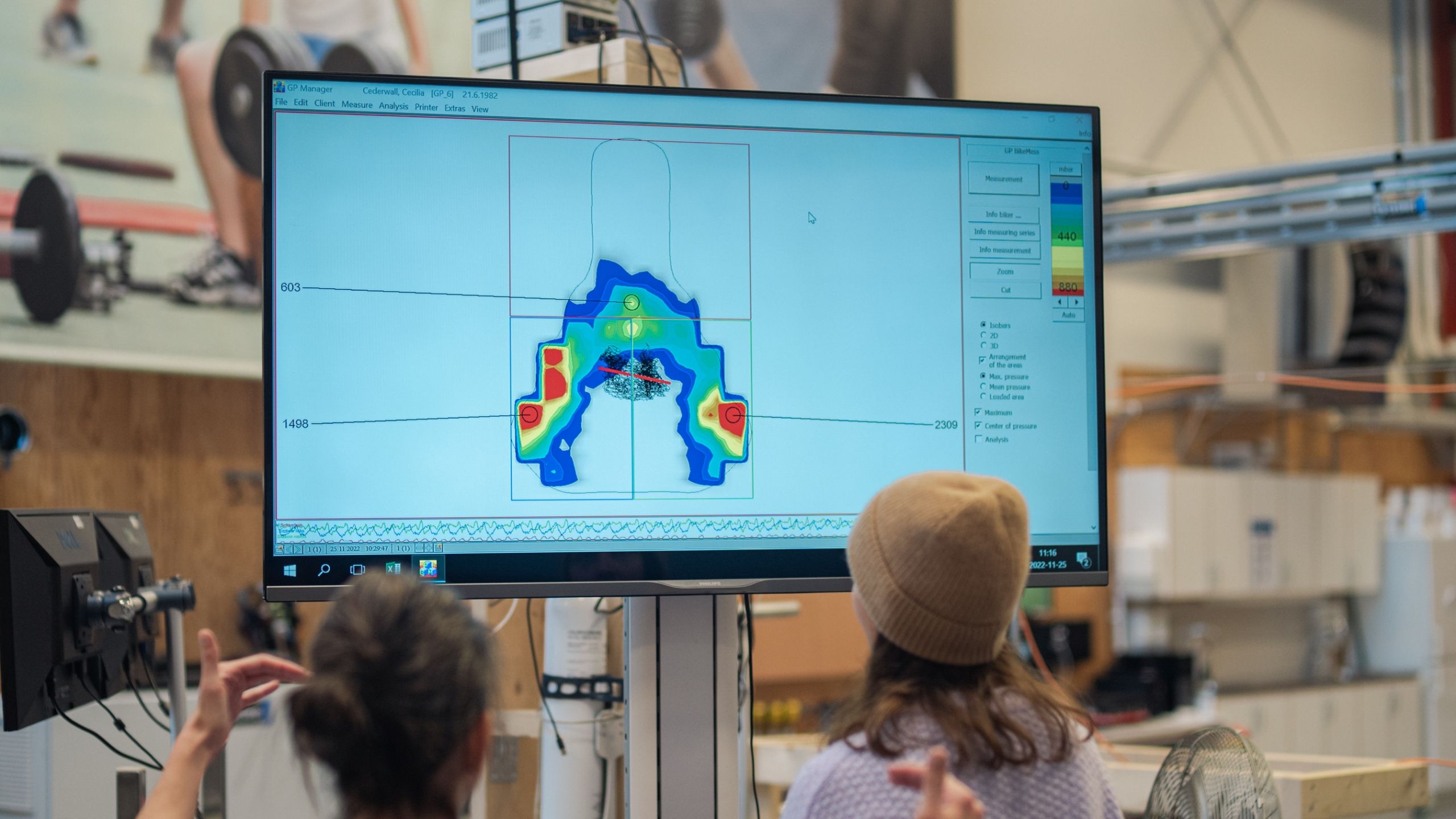
As a cyclist, the chances are that the subject of cycling saddles and discomfort has been raised many times. Unusually, it is a topic that interests cycling friends and non-cyclists alike, with the latter especially intrigued with how modern cycling can develop products that seemingly make you more uncomfortable!
And it's not a new subject. A famous 'Yellow Pages' TV advert from the UK in the mid 80's left an entire generation repeating the line, "That saddle's like sitting on a razor blade", which was the Dad's response to buying his son a 'modern' racing bike.
As such, accepting some form of discomfort is not an uncommon external view of cycling, especially performance cycling, where everything seems to be reduced in search of weight gains. And why else would cyclists use padded shorts if there was not a need for some protection and support?

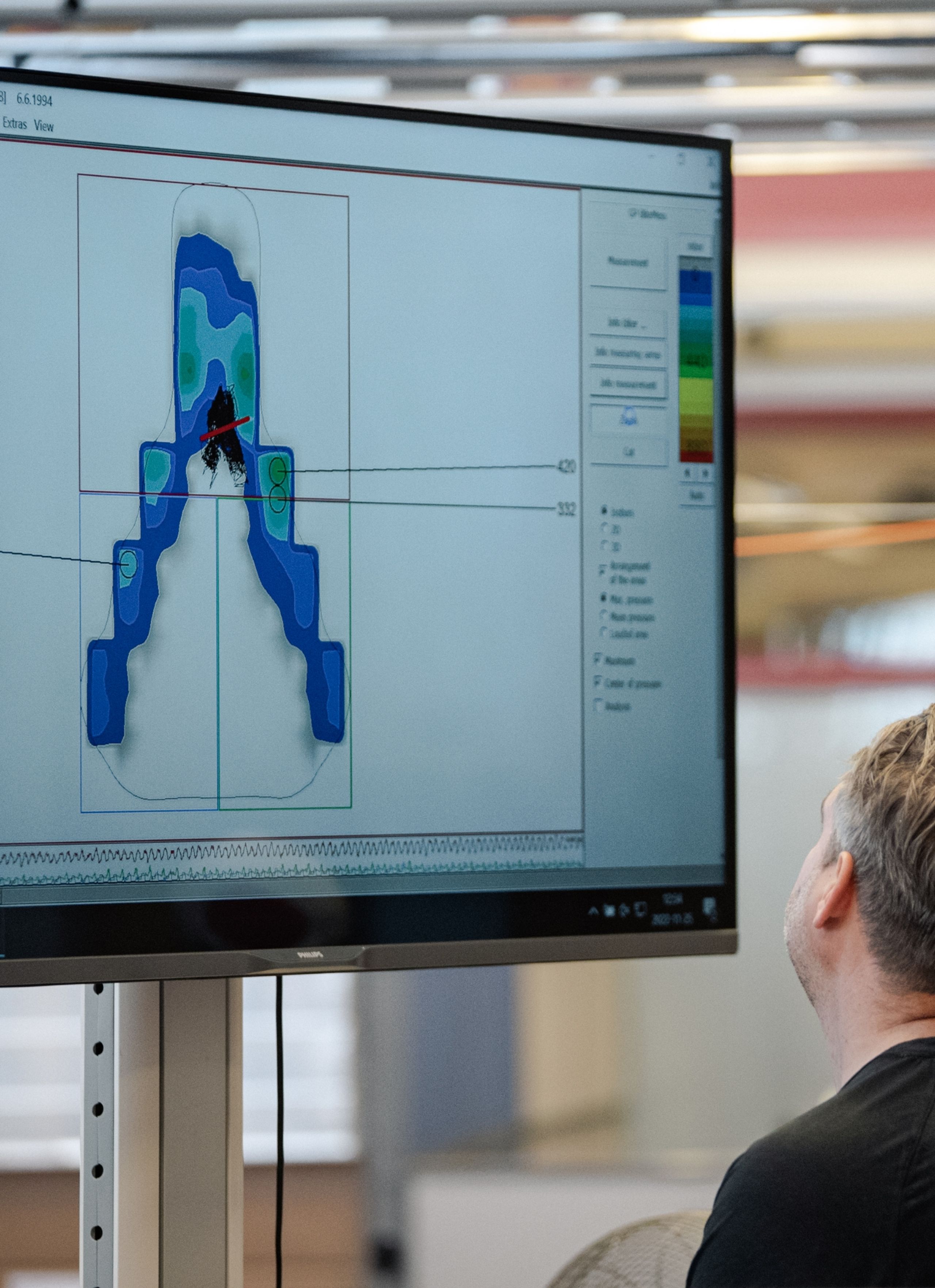
Professional mountain bike rider with Team 31, Jenny Rissveds, in the lab testing session.
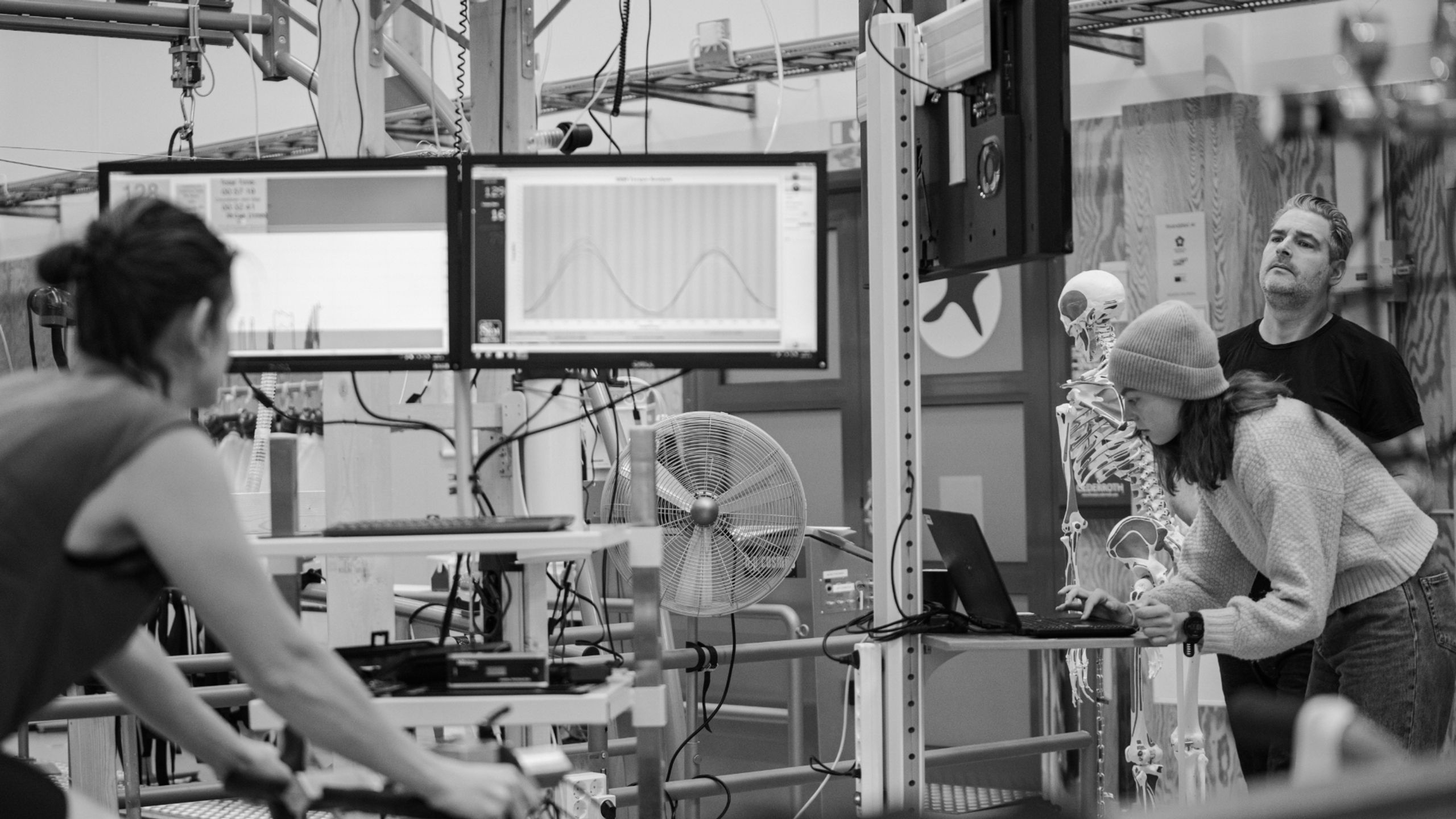
Luckily, like the TV advert, it's a fading view. Many modern saddles and shorts with a pad (also known as a 'chamois') are excellent and offer incredible support over long and short-duration rides and different types of riding, like mountain bike or road.
Plus, these days, saddles are generally wider, have lower volume, are gender specific, have pressure-relieving channels and can be focused on one type of activity.
This is welcome, especially as our rear ends are the most significant contact point with the bike. The hands and feet are the two others.
The crucial difference is that a cyclist's hands and feet are free to move, making relieving tension or stretching out easier. Of course, it is possible to move from a seated position. Still, as an optimal pedalling technique requires a stable position, it naturally becomes more static and is likely to build up pressure.
And this is where a good pad will stand out, immediately clarifying why it is such an integral part of your cycling wardrobe and why we spend so much time investigating pad materials and placement.
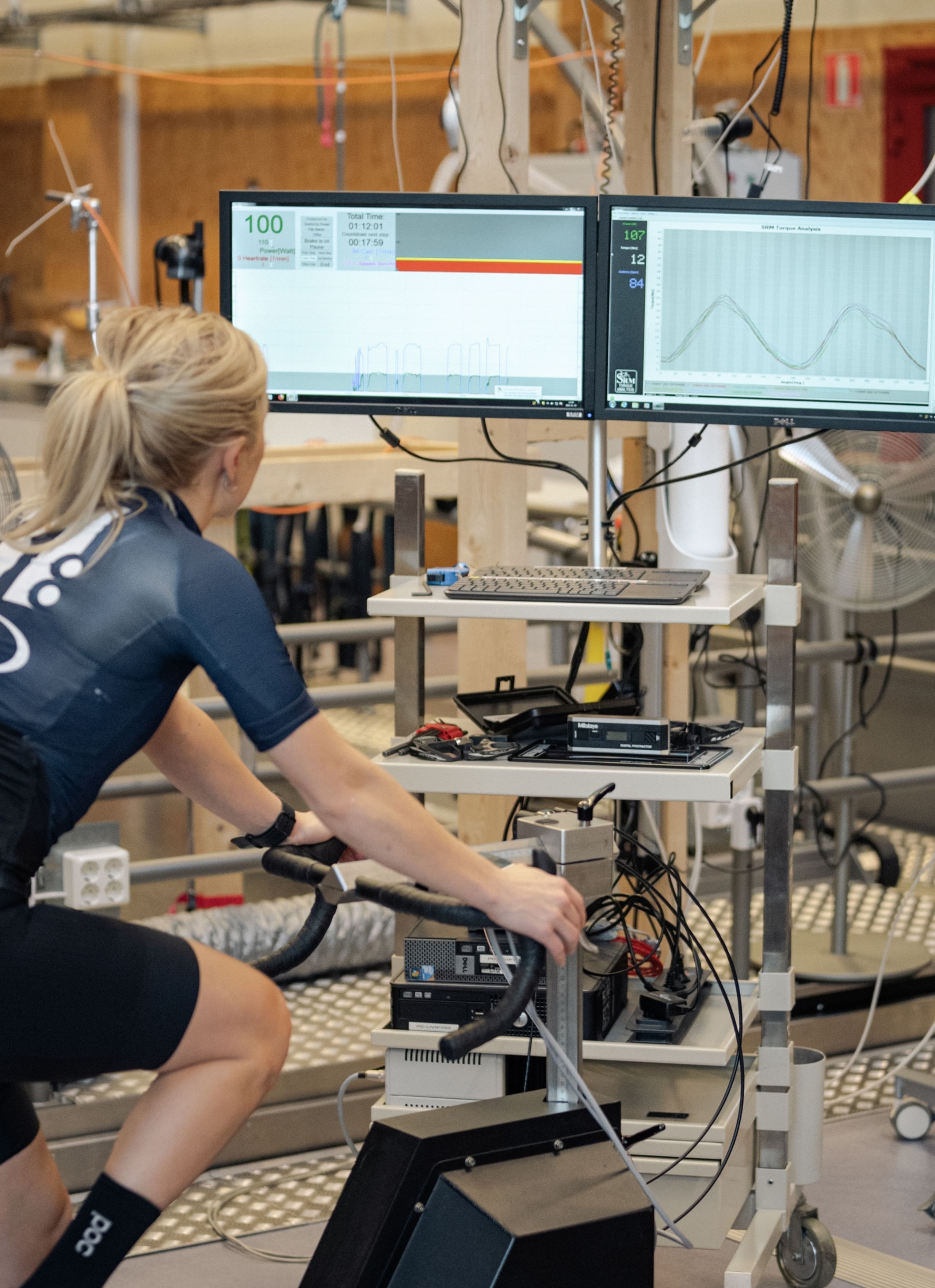
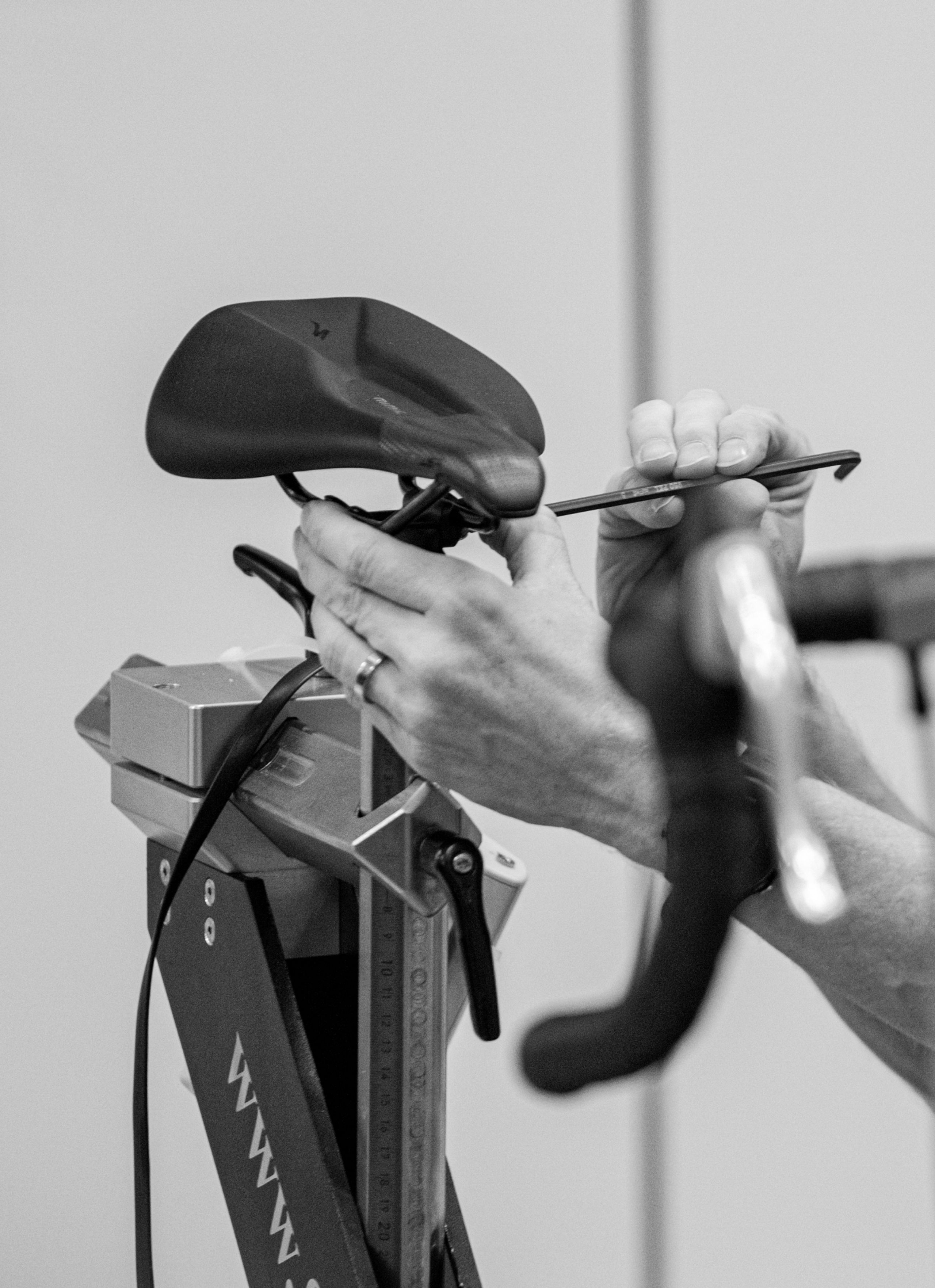
Linn Gustafzzon, professional mountain bike rider considers the data during testing.
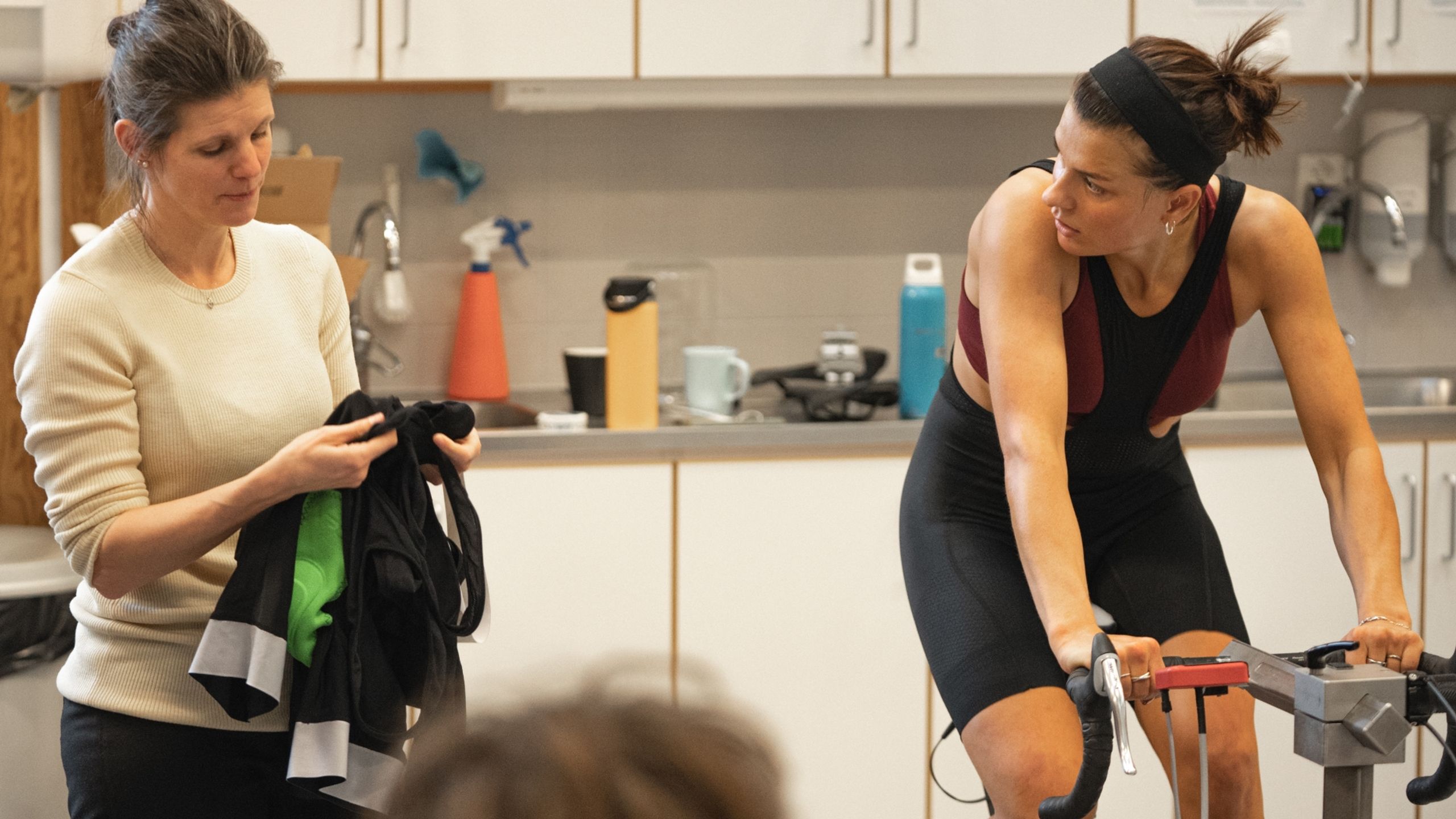
Jenny Rissveds discusses testing and chamois placement with POC’s apparel experts.
Dig deeper into research and testing, and a clearer picture emerges. For example, evidence confirms that women generally have 10-20 mm wider sit bones and that cut-out saddles lead to a higher pressure on the front of the saddle than non-cut-out saddles.
Curious to know more, we have investigated further, especially the real pressure difference between using a pad or not, the difference between soft and hard saddles, whether riding position makes a difference, and the difference offered with female and male pads.
Our research aims to inform and better understand the pressure distribution of different riders and saddles, directly leading to enhanced pad design and performance.

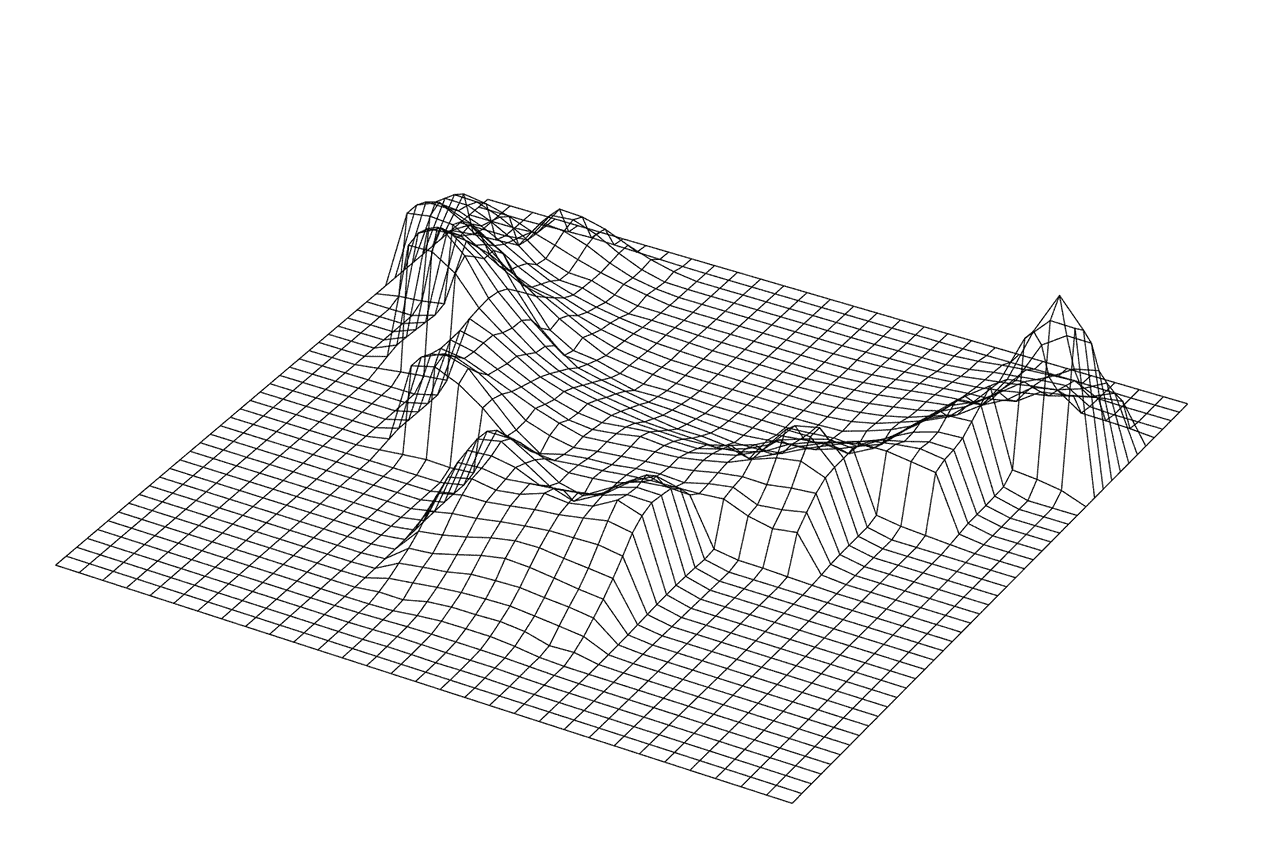
Women’s average pressure mapping in drops and hoods position, with and without pad. Men’s average pressure mapping in drops and hoods position, with and without pad.
Some conclusions from our research highlight some interesting considerations, significantly that pads do help in distributing pressure; however, the location of the pressure depends highly on the individual, i.e. gender, sit bone width, cycling style, as well as other anatomical features.
We can see that men, in general, put less pressure on the front part of the saddle than women, and this can be observed in different positions (drops v's hoods) regardless of the choice of pad or saddle used. Our research also showed that for amateur cyclists, the position (drops v's hoods) and pad choice changes the pressure distribution remarkably.

Interestingly, the evidence illustrates that professional riders will keep a similar pressure distribution regardless of their pad. The evidence suggests that the pressure is distributed evenly even without a pad which indicates that technique, body position and training are all critical components in optimizing comfort and performance in the long term.
We cannot all become professional riders, but our research shows that by choosing well-designed pads for your particular riding style, we can all sit pretty.
References
The article regarding cut out saddles:
• Rodano, R., Squadrone, R., Sacchi, M. and Marzegan, A., 2016. Saddle pressure distribution in cycling: comparison among saddles of different design and materials. In ISBS-Conference Proceedings Archive.
The articles regarding sit bone width:
• Potter, J.J., Sauer, J.L., Weisshaar, C.L., Thelen, D.G. and Ploeg, H.L., 2008. Gender differences in bicycle saddle pressure distribution during seated cycling. Medicine & Science in Sports & Exercise, 40(6), pp.1126-1134.
• Sauer, J.L., Potter, J.J., Weisshaar, C.L., Ploeg, H. and Thelen, D.G., 2007. Influence of gender, power, and hand position on pelvic motion during seated cycling. Medicine and science in sports and exercise, 39(12), p.2204.
• Chen, Y.L. and Yang, P.J., 2016. A preliminary study of the measurement of external ischial tuberosity width and its gender differences. Journal of physical therapy science, 28(3), pp.820-823.
• Chen, Y.L., 2021. Changes in external ischial tuberosity width at varying trunk–thigh angles between sexes using two measurement methods. Scientific Reports, 11(1), p.19676.
Photos by: Petter Eriksson
Related articles
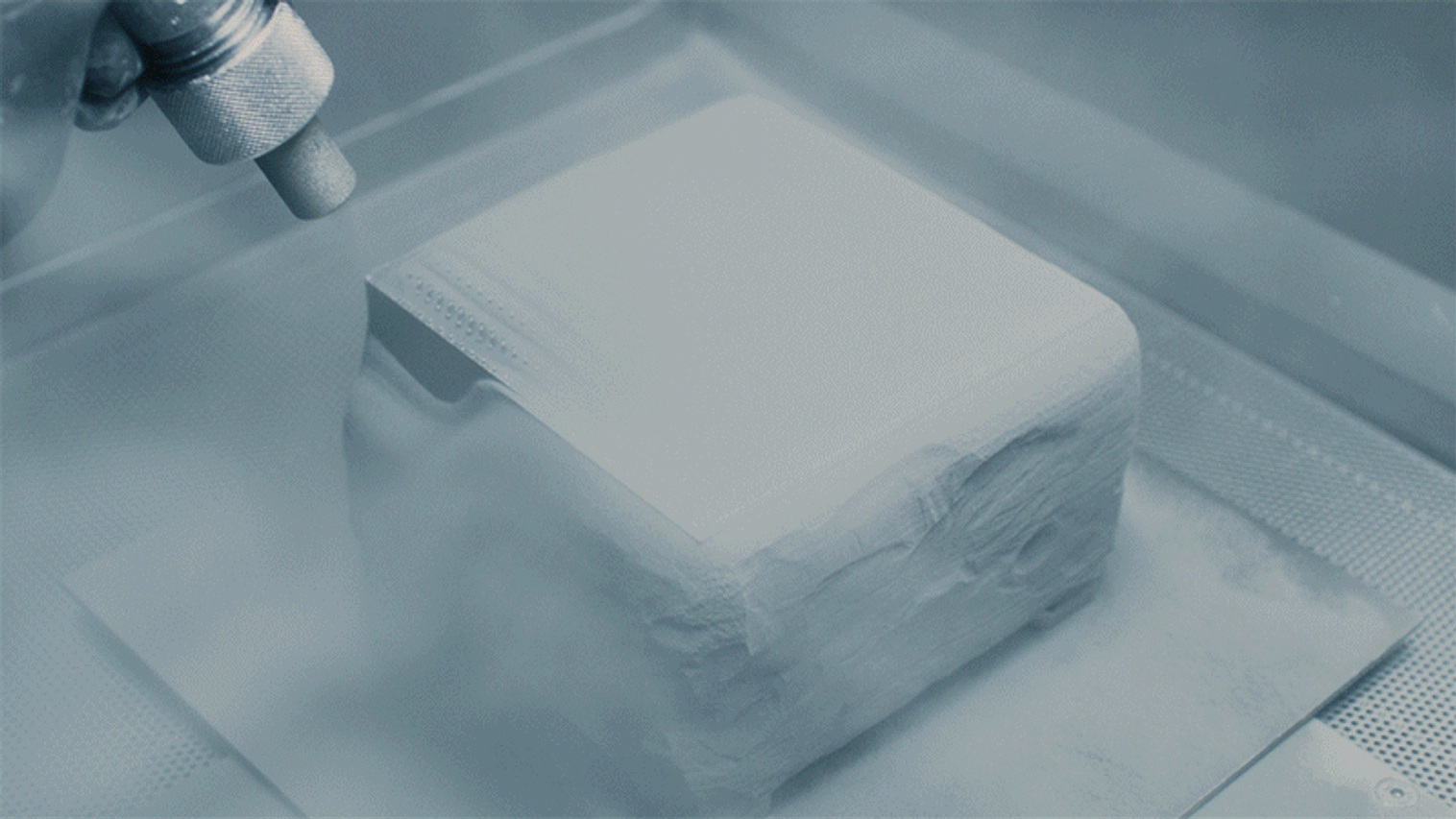
Considered Performance
In developing the Elicit Ti, we sought to find a way to deliver all the benefits needed to stay at the cutting edge of performance cycling while being considerate of the resources we use.

CFD simulation and testing
Competitive cyclists optimize every pedal stroke to deliver pure forward motion. Several details need to align to create precise forward motion on a bike, such as fitness, power, and technique, all of which are basic building blocks to building speed.
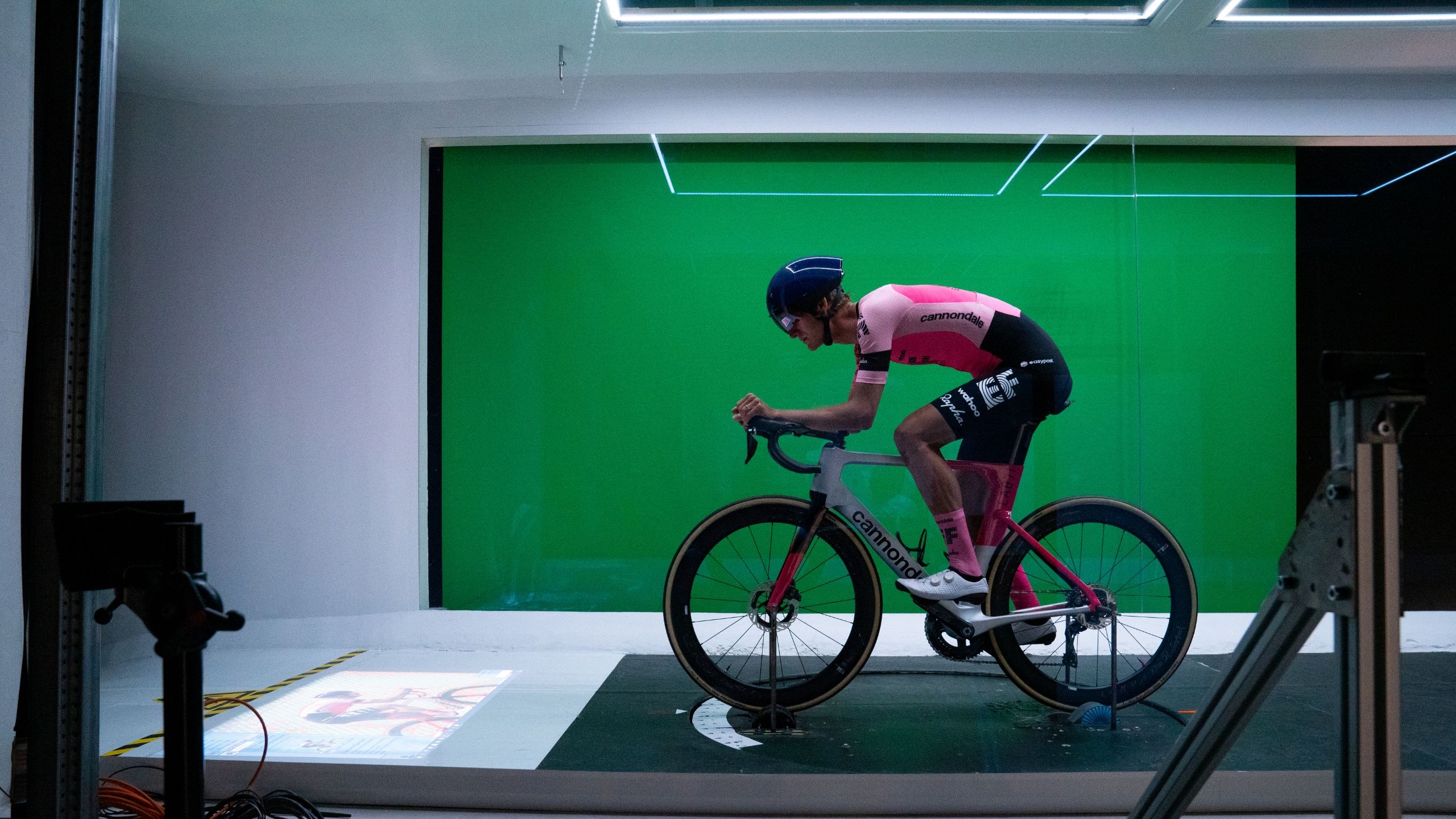
Designing the race-winning Procen Air
Alberto Bettiol fired off the front of the peloton, tucked his shoulders low behind his new POC Procen Air, and soloed to victory at Milano-Torino.